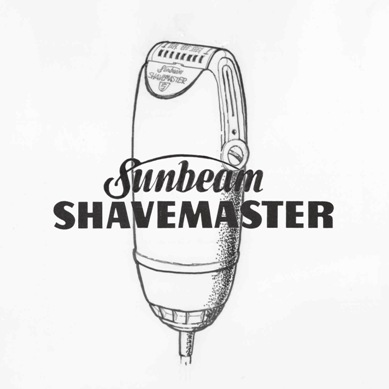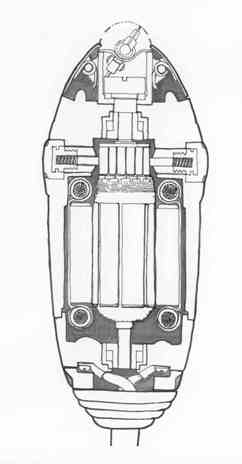■THE BEGINNINGS OF THE SHAVER
Do you know when and by whom the electric shaver (electric razor) you use every morning was made?
■The World's First Foil Shaver 
In Japan, where foil shavers dominate over 90% of the market, it is hard to imagine, but in the 1930s and 40s, the "groove blade" developed by SCHICK, the company that created electric razors, was mainstream. All shavers, including Remington and Lectroshaver, used this groove blade concept for the outer foil, making Sunbeam's foil a minority.
Side Note: The World's First Power Source
It may seem strange from the modern perspective where AC power is the standard for household power, but there was a time when household DC power existed. The first electric shaver, the "Schick Model-S," and the "Sunbeam Model-R" both adopted dual-use AC/DC power systems. This indicates that in the 1930s, American household power included both DC and AC. The initial phase of the American power industry was solely DC transmission, advocated by Edison, which naturally became the standard. Edison insisted on DC transmission and competed with Tesla and Westinghouse's AC transmission for many years. Even after AC transmission became the global standard, many DC power users remained in places like Manhattan, where Edison first started transmitting power. As recently as 2005, when DC transmission was completely discontinued, there were still over 1500 DC power users in Manhattan, using it for specific applications like old elevators and fire pumps.


